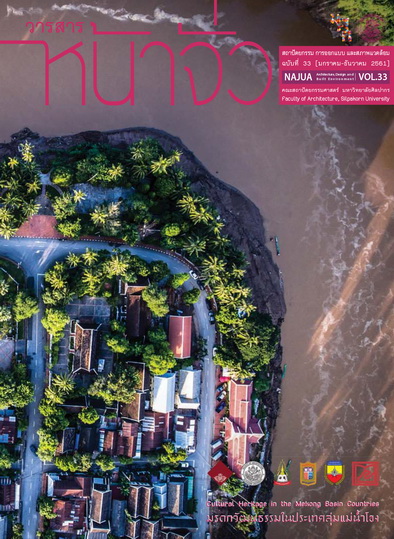The Charter on the Built Vernacular Heritage
Keywords:
มรดกสิ่งสรรค์สร้างพื้นถิ่น, สถาปัตยกรรมพื้นถิ่น, การอนุรักษ์, กฎบัตรสากล, Built Vernacular Heritage, Vernacular Architecture, Conservation, International CharterAbstract
The Charter on the Built Vernacular Heritage
Kreangkrai Kirdsiri
Isarachai Buranaut
Faculty of Architecture, Silpakorn University
This article is the translation of “the Charter on the Built Vernacular Heritage” (1999), whose focal point is the concept for vernacular heritage which belongs to the humankind. It mentions characteristics of vernacular formation, which are unique and compatible with different contexts of the settings and environments. As a result, vernacular heritage leads to understanding of historical, social, and cultural development. However, changing globalization has been affecting and, moreover, destroying such heritage. Hence, ICOMOS, whose mission is focused on heritage conservation, realized such effect and prepared the Charter so as to retain vernacular heritage and its value for contemporary society.





